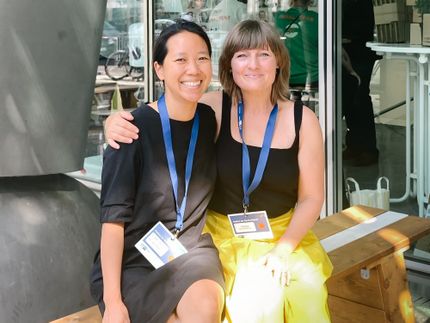125 years of Rhein Chemie: Committed to innovation and sustainability for over a century
Advertisement
Rhein Chemie, a wholly owned subsidiary of specialty chemicals company LANXESS, is celebrating its 125th anniversary this year. Now a business unit of LANXESS, it was founded by two young chemists, Dr. Albert Müller and Dr. Hermann Dubois, and entered in Mannheim District Court’s register of companies on June 8, 1889.
However, it was Dubois’ other partner Victor Kaufmann who was responsible for the fledgling company taking the initial steps in its current direction. As early as 1902, he gained a foothold in the up-and-coming rubber sector with a product made from a renewable raw material. Alongside customer orientation, quality and innovation, sustainability has thus been playing a key role in Rhein Chemie’s success story for well over a century. Brands such as Rhenogran®, Stabaxol® and Additin® have made it a popular choice for customers on the rubber, plastics and lubricants markets. The current product portfolio continues to help these sectors conserve scarce resources and develop more environmentally friendly products.
“Nowadays, Victor Kaufmann would without doubt be seen as a visionary,” says Dr. Anno Borkowsky, CEO and President of Rhein Chemie Rheinau GmbH. “The company actually started off by producing chlorine chemicals, among other things for cleaning purposes, but then an unexpected opportunity arose in 1886 when Carl Benz developed the first automobile in Mannheim. Kaufmann predicted the huge success of this invention and immediately recognized how important it would be for the rubber industry,” he adds. The company changed course and, shortly after the turn of the century, Kaufmann and Dubois started producing factice – an extender for the valuable resource of natural rubber.
Factice is still available, but nowadays it is more in demand for its positive impact on the dimensional stability of thin-walled extrudates. From a historical perspective, though, the technical properties factice was able to give items made of natural rubber is less interesting than the raw materials Kaufmann used for factice production. One of these was rapeseed oil. “This made Kaufmann one of the first people in the chemical industry to support sustainability – at a time when the term didn’t even exist. He would have done so without realizing, but Rhein Chemie kept returning to the concept of sustainability over the decades and developing it further,” continues Borkowsky.
Most read news
Other news from the department business & finance

Get the chemical industry in your inbox
By submitting this form you agree that LUMITOS AG will send you the newsletter(s) selected above by email. Your data will not be passed on to third parties. Your data will be stored and processed in accordance with our data protection regulations. LUMITOS may contact you by email for the purpose of advertising or market and opinion surveys. You can revoke your consent at any time without giving reasons to LUMITOS AG, Ernst-Augustin-Str. 2, 12489 Berlin, Germany or by e-mail at revoke@lumitos.com with effect for the future. In addition, each email contains a link to unsubscribe from the corresponding newsletter.





























































